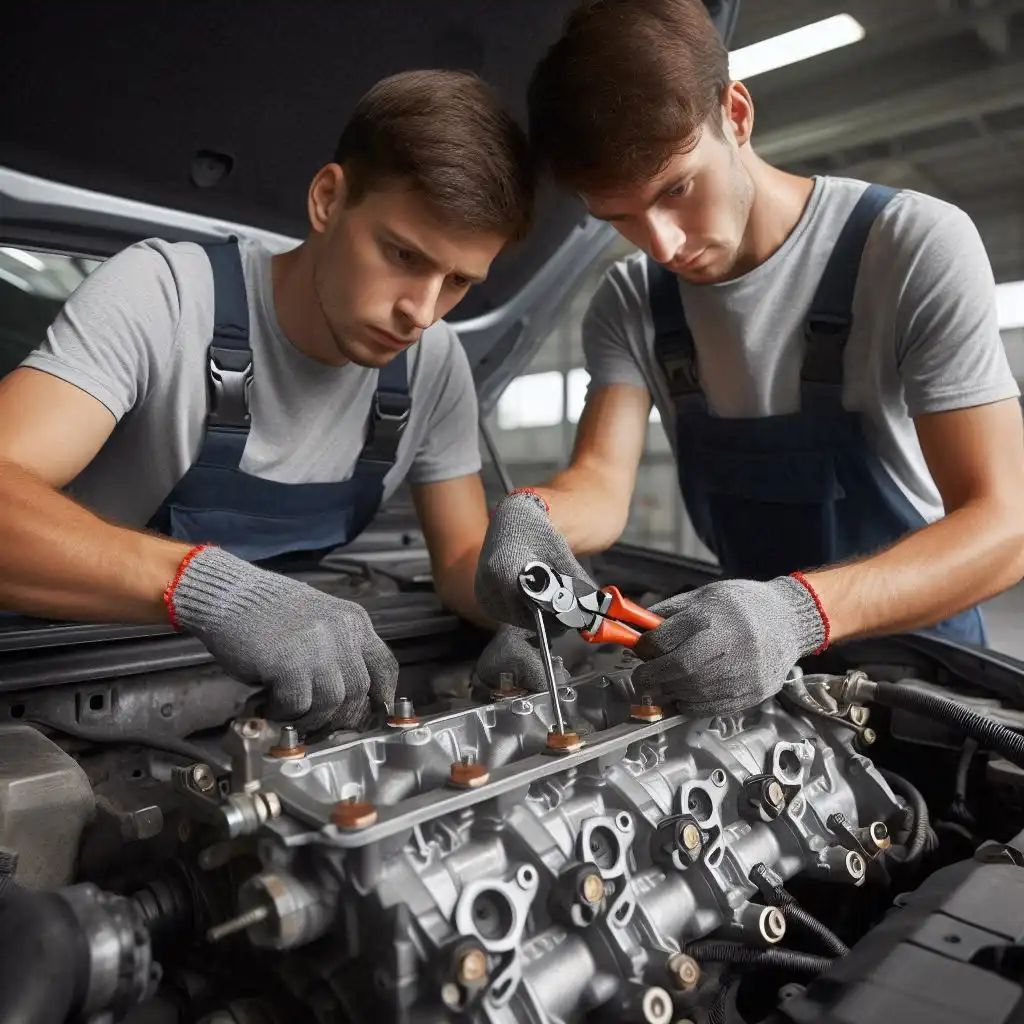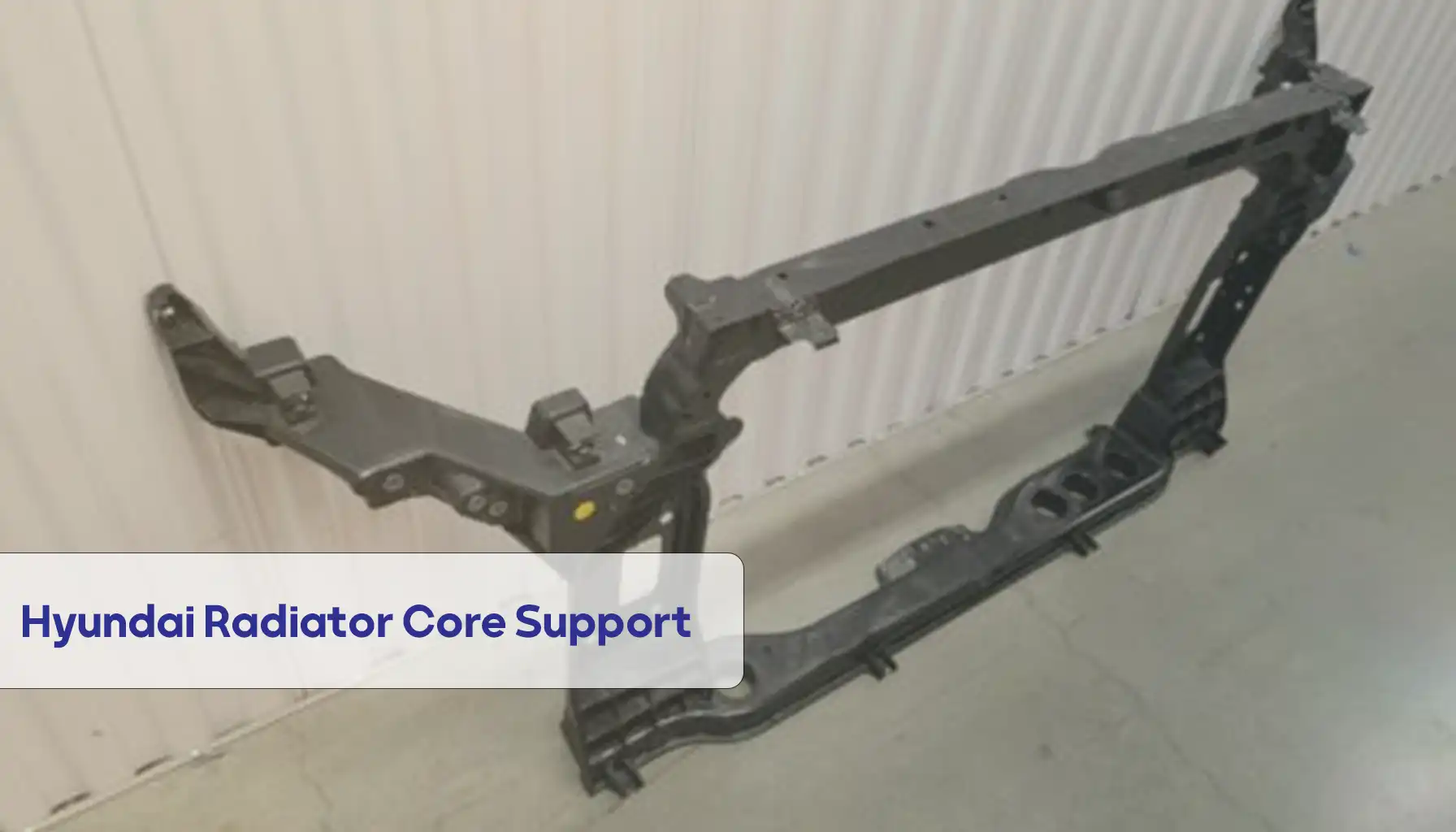Testing the suspension shock absorbers of Kia vehicles is one of the most critical tasks owners must prioritize. Due to the numerous bumps and potholes on the roads, the vehicle absorbs a lot of shocks, which could cause damage or malfunction in the proper operation of the Hyundai or KIA Chassis system and ruin the rear and front suspension shock absorbers. As a result, this part, like other car parts, may get damaged for various reasons and need testing. If you own one of Kia’s vehicles, it’s better to read this article because we intend to review how to test the failure of Kia’s suspension shock absorber and vehicles of this brand.

Most of Kia and Hyundai’s rear suspension shock absorbers use a hydraulic mechanism. Many are looking for gas suspension shock absorbers in Kia or Hyundai cars. However, most Kia suspension shock absorbers are hydraulic oil type, and in many cases, there is no gas type. The best choice is also the original suspension shock absorber, designed and manufactured by companies approved by Kia and has the highest possible quality.
How to test KIA rear shock absorbers?
To test KIA rear shock absorbers, you can put your car in specific situations, and if you experience any of these signs, you can determine the health or damage of the rear or front suspension shock absorbers. For example, if the steering wheel shakes when turning, this is a sign of damage to the rear or front suspension shock absorber. Another sign of a faulty or worn shock absorber is worsening performance features. If the car shakes long after unloading it, it also indicates damage to the suspension shock absorber. Another sign of damage is oil leakage. The suspension shock absorber should be replaced after 100,000 kilometers. If it broke before this run, you need to replace it.

In summary, if these signs appear when testing KIA rear shock absorbers, it means your car is damaged:
• The braking distance increases
• Steering is effected
• Unusual noises while driving
• The body of the car is oscillating
• Decrease in comfort in the passenger compartment
• Tires wear unevenly and prematurely
Replacing both suspension shock absorbers on the rear and front axle is necessary. If there is a new absorber on one side but an old absorber on the other side, this worsens the vehicle’s performance characteristics. The replacement should be done at the service center as it requires special equipment. At ArsinTrading, we have prepared many high-quality and cost-effective car parts so you can easily supply the parts needed for your cars.
Of course, you should also be familiar with your car model; among Kia and Hyundai cars, some models have more damage in the suspension shock absorbers section, and some have much less damage. The front suspension of Optima TF and Sonata YF are some of the cases that have a lot of damage among Kia Motors and Hyundai cars.

The front suspension of these two cars, the car’s weight, the design of the front suspension parts, and the weight distribution of the car are under a lot of pressure and quickly wear out. The front suspension shock absorber is also one of the most consumed items in these two cars. On the other hand, a car like the Optima MG, which has 2009 and 2010 models, has a relatively better front suspension, and the old Optima front suspension breaks down much later. Of course, we should not forget the increasing age of this car, and the probability of damage to the shock absorbers of this car after working in consecutive years is a predictable case.
How are my Kia’s rear shock absorbers doing well?
The best way to ensure that your Kia’s rear shock absorbers are doing well is to perform health tests on the rear suspension shock absorbers. If your car’s ride quality is not as good as it was before, checking the suspension shock absorbers is a good idea. This task is very simple and easy and prevents you from going to the repair shop for no reason. You might also diagnose that it’s time to go to a specialist.

Testing the rear suspension shock absorbers of a Kia car is necessary to evaluate the performance and efficiency of these parts. In this test, the rear shock absorbers of the car are examined using specialized tools, and their performance is tested under different conditions. This test includes loading, illumination, and other precise instructions to ensure the health and optimal performance of the rear shock absorbers. The results of this test can help find any defects or disabilities in the shock absorbers and guarantee the necessary improvements so that the car reaches its ideal level with the best performance.
• In the first step to test whether your Kia’s rear shock absorbers are doing well, you can park your car in a flat and slope-free place so that both sides of the car are on one level. If you know the settings of the car’s suspension system, measure the height of the car. If the height is higher or lower than the permissible limit, you should take the car to a specialist repairer to adjust its height. If the height has reached the minimum permissible amount, it indicates that something has changed and is abnormal.
• In the next step, press down on the front of the car to detect weak suspension shock absorbers. Of course, this is not a scientific test, but it can be beneficial alongside other checks you do, and it is better to stand in front of the car and put your foot or knee on the bumper or on a surface that does not bend or sink; this part shouldn’t be in the center. Throw your weight on that point, then suddenly take your weight off the car. If the car’s body goes up and down more than once or twice, it indicates that the suspension shock absorbers have weakened.
• Finally, you can visually check the up-and-down suspension shock absorbers’ movement and play. Look for oil traces that have previously come out of the suspension shock absorber or are now coming out. If oil is coming out, the suspension shock absorber is broken, or the vehicle has worn shock absorbers. When the seals are gone, the suspension shock absorber loses its efficiency. In this case, you must ensure that the oil you have seen comes from the shock absorbers. While moving on the road, oil or a similar liquid has been sprayed on the suspension shock absorbers and misleads you.
Final thoughts
Suppose your Kia’s rear shock absorbers have undergone these comprehensive performance tests we explained above, and the results show that they are performing optimally and supporting the car’s suspension system. In that case, you can be sure your Kia’s rear shock absorbers are doing well. The explained tests are performed using different road conditions to simulate real-world scenarios; however, it is better that specialist mechanics carefully inspect the suspension shock absorbers for any signs of wear or damage, but if they find no problem, you can use your car well.



